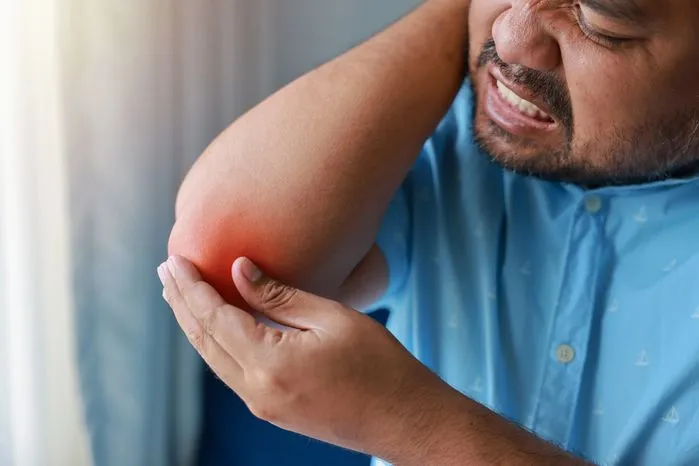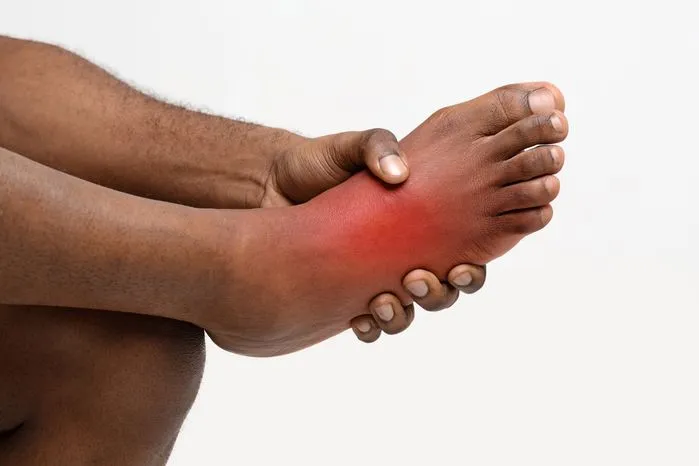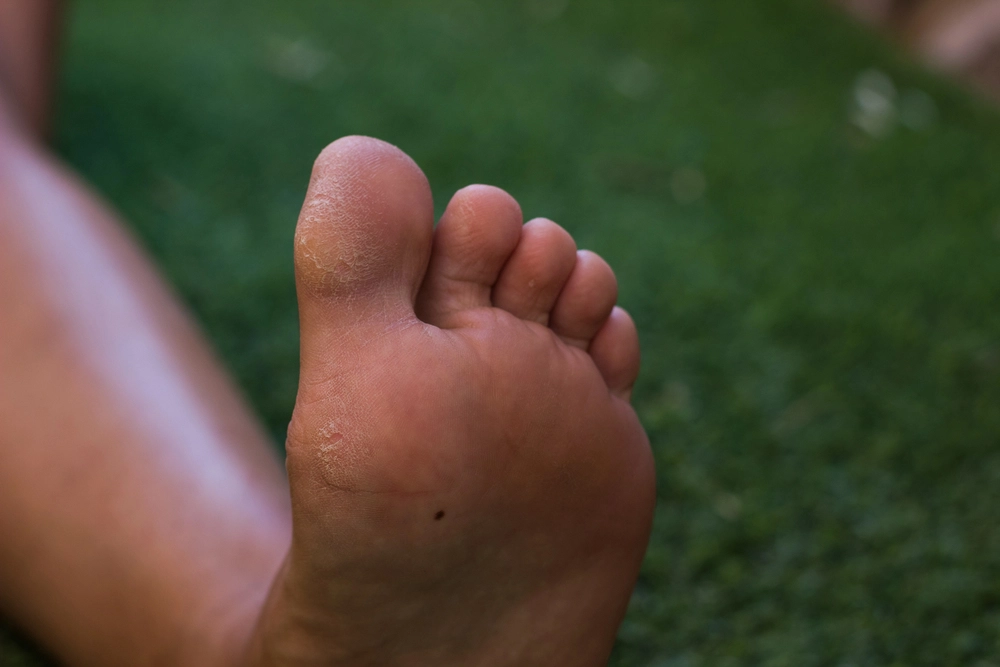
In addition to being the largest organ of the body, the skin plays some intricate roles. It is the first line of defense against pathogens such as bacteria. It is thanks to the skin that you can feel some warmth during a cold day and cool down when it is hot. Besides temperature regulation, the skin can also tell how healthy your internal organs are. Together with its derivatives, including the hair, nails, oil and sweat glands, the skin makes up the integumentary system.
What is Dermatology?
Dermatology is a branch of medicine that deals with the study, research, diagnosis, and treatment of conditions relating to the skin, hair, and nails. It also involves the management of such conditions through medications, dermatologic surgery, and therapies such as phototherapy and laser therapy.
What Does a Dermatologist Do?
A dermatologist is a medical expert who specializes in conditions relating to the skin, hair, and nails. Typically, dermatology skin care professionals will care for people in all age groups, from infants to seniors. Dermatology is a broad branch of medicine, and various subspecialties allow dermatologists to offer specialized care.
According to the American Academy of Dermatology, dermatologists are trained to diagnose and treat well over 3,000 conditions of the skin, hair, and nails, as well as attend to aesthetic concerns. A dermatologist can treat a host of conditions, but the common ones include acne, rashes, skin cancer, dermatitis, eczema, psoriasis, and nail infections.
Dermatologists can help with issues that are more than skin-deep. While some conditions of the skin may be life-threatening, some may take away the self-esteem of patients and make them uncomfortable. Dermatology and aesthetics are closely related, as dermatologists also help address aesthetic concerns among individuals, e.g., wrinkles and hair loss.
Typical Activities for Dermatologists
Throughout their training, dermatologists acquire expertise in basic sciences such as biochemistry, microbiology, physiology, physics, pathology, and endocrinology. Trained dermatologists can comfortably treat various conditions and engage in related activities. Also, it is not surprising to find a dermatologist handling several dermatology jobs. On a normal working day, you might find a dermatologist doing any of the following:
- Seeing patients with skin conditions in private practices or public hospitals
- Offering dermatology online consultation to other medical specialists
- Teaching a medical class in a university
- Treating a baby’s port-wine birthmark that could lead to loss of vision if left untreated
- Removing skin cancer such as melanoma for early disease control
- Improving the skin’s appearance in a patient by removing growths or discolorations
- Doing basic or clinical research in a lab
- Giving dermatology treatment for hair loss to help a patient regain their confidence
Subspecialties of Dermatology
Dermatologists who complete training in a particular subspecialty can perform specific dermatology procedures. By gaining additional education and experience, they become experts in their chosen areas of dermatology.
Cosmetic Dermatology
Cosmetic dermatology, also referred to as aesthetic dermatology, is the treatment of the skin, hair, or nails for the purpose of enhancing appearance instead of eradicating a disease. Cosmetic dermatologists do more than attend to skin or hair-related issues – they help improve their patients’ self-confidence and self-perception hence benefiting their mental health.
Cosmetic dermatologists specialize in performing any of the following procedures:
- Facial resurfacing and rejuvenation
- Laser hair removal
- Removal of acne scars, burned skin, birthmarks, discolored spots, and tattoos
- BOTOX and filler injections
- Varicose vein treatment
- Skin tightening
- Fat removal
Dermatopathology
Dermatopathologists are trained and have experience in both dermatology and pathology. These professionals mainly deal with the diagnosis of skin-related medical conditions by examining tissue samples. As such, you are likely to find a dermatopathologist in a laboratory using a microscope to make a diagnosis.
Mohs Surgery
This is a delicate skin-removal procedure that is carried out by a dermatology specialist known as a Mohs surgeon. It involves the removal of skin and tumors without harming healthy cells. This is a common practice in the early treatment of a skin condition or cancer. Mohs surgery involves layer-by-layer skin removal and examination for cancerous cells. This procedure allows the Mohs surgeon to remove only the cancerous tissue and leave the healthy tissue.
Pediatric Dermatology
Some dermatologists specialize in the diagnosis and treatment of children’s skin, hair, and nail conditions. The American Academy of Dermatology affirms that all dermatologists are well-equipped to treat pediatric patients. However, it would be more appropriate for skin, hair, and nail conditions specific to children to be treated by a pediatric dermatologist.
These professionals provide dermatology urgent care to children with severe conditions, some of which may occur in the early weeks of life. Pediatric dermatologists will help with any of the following:
- Removal of birthmarks
- Acne treatment
- Diaper rash
- Allergic contact dermatitis
- Chickenpox
- Eczema
- Hives
- Psoriasis
- Skin infections and reactions
- Scabies
- Vitiligo
- Molluscum contagiosum
- Perioral dermatitis
Conclusion
Dermatologists go through years of extensive training to learn how to diagnose and treat the numerous conditions of the skin, hair, and nails. In addition to diagnosis and treatment of conditions, dermatologists can also correct blemishes to help you regain your confidence.

















